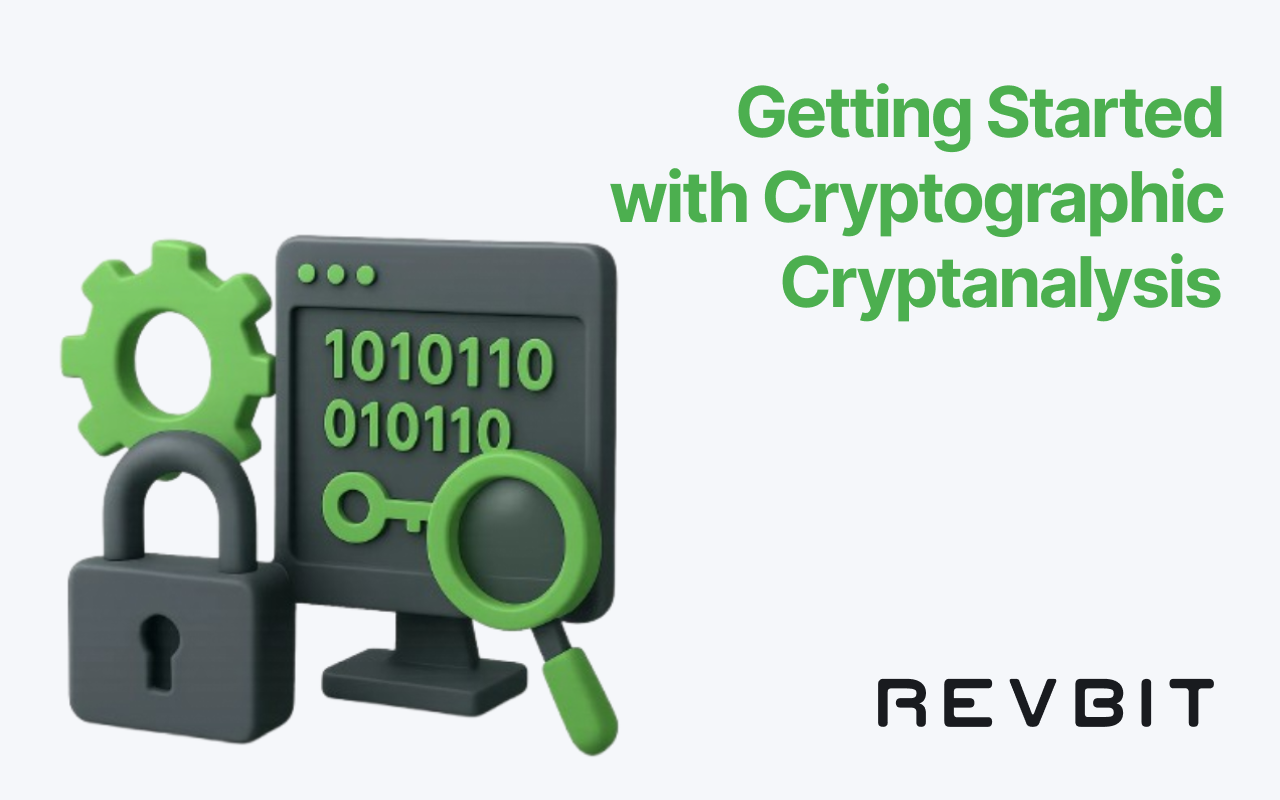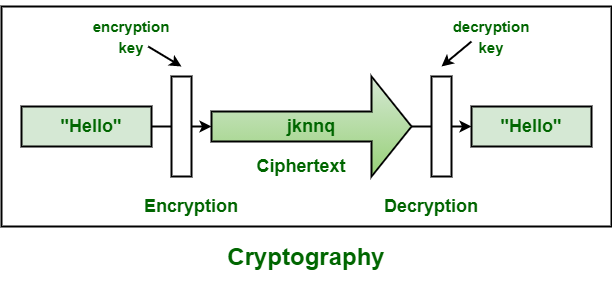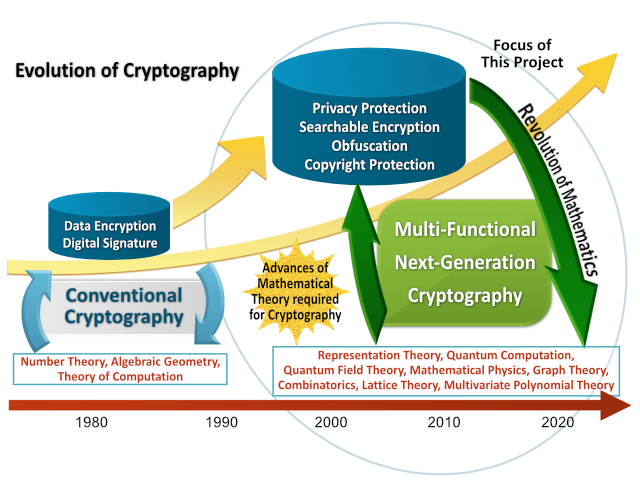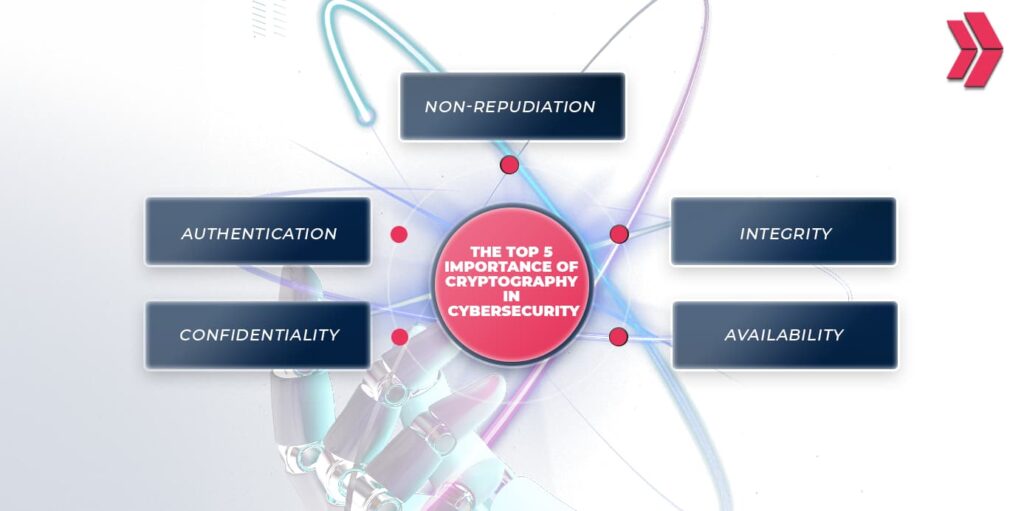
Cryptographic cryptanalysis stands as a fascinating field where experts work to uncover hidden messages by breaking encryption systems, often without the key. As we head into the latter part of 2025, with digital security more critical than ever amid rising cyber threats, understanding this discipline offers insights into how protections hold up or fail. Beginner’s guide to cryptanalysis starts here: it’s the art of analyzing codes to find weaknesses, essential for both defenders building stronger systems and attackers spotting flaws. This overview breaks down the basics, methods, tools, and real-world roles, helping newcomers grasp why it matters in today’s connected world. From historical ciphers to modern algorithms, we’ll explore how this skill shapes security, drawing from recent takes on evolving techniques.
Cryptanalysis Fundamentals
What is cryptanalysis? Simply put, it’s the study of methods to decrypt information without authorized access to the key, focusing on finding patterns or vulnerabilities in encrypted data. Cryptanalysis in cryptography acts as the flip side to encryption—while cryptography creates secure codes, cryptanalysis tests them by attempting to crack or weaken them. This push-pull drives better security over time.

In practice, it involves examining ciphertext—the scrambled message—to reverse-engineer the original plaintext. Historical examples like breaking Enigma in WWII show its impact, but 2025 sees it applied to digital systems like AES or RSA. For beginners, start with simple ciphers to see how substitution or transposition works, building up to complex attacks. The goal isn’t always full breaks; even partial insights can reveal useful info. As tech advances, with quantum computing looming, cryptanalysis adapts to new challenges, making it a dynamic area for those interested in puzzles and protection.
Evolution of Cryptanalysis
Cryptanalysis has roots stretching back centuries, from ancient scribes cracking rival codes to modern teams using supercomputers. Early methods relied on frequency analysis—counting common letters to guess substitutions, like in Caesar ciphers. The 20th century brought machines like Bombe for Enigma, blending math and mechanics.

In 2025, with AI aiding patterns spotting, it’s more sophisticated—tools process vast data for correlations. Quantum attacks threaten current standards, pushing post-quantum research. For learners, history shows how simple observations led to big breaks, encouraging hands-on tries with basic tools.
Main Types of Attacks
Cryptanalysis techniques fall into categories based on access and goals. Known-plaintext attacks use matched plain and cipher texts to deduce keys, common in real scenarios. Chosen-plaintext lets attackers pick texts to encrypt, revealing patterns. Ciphertext-only relies solely on encrypted data, toughest but frequent.
Differential cryptanalysis spots differences in inputs/outputs to find weaknesses, key for block ciphers like DES. Linear approximates equations to guess bits. Side-channel attacks exploit physical leaks like power use or timing, not just math. In 2025, machine learning amps these, predicting from partial data. For beginners, start with frequency on monoalphabetic ciphers to see basics.
To compare some common types, here’s a table outlining key attacks with their requirements and examples:
| Attack Type | Requirements | Example | Difficulty | Notes |
| Known-Plaintext | Matched texts | Linear cryptanalysis | Medium | Common in practice |
| Ciphertext-Only | Encrypted data only | Frequency analysis | High | Relies on stats |
| Chosen-Plaintext | Ability to encrypt chosen texts | Differential | Medium-High | Powerful for testing |
| Side-Channel | Physical access or timing data | Power analysis | Variable | Exploits hardware |
| Brute-Force | Computational power | Key exhaustion | High | Ineffective for long keys |
| Dictionary | Common phrases list | Password cracking | Low | For weak encryptions |
| Man-in-the-Middle | Intercept communications | Session hijacking | Medium | Network-based |
This table shows the diversity, helping pick starting points for study.
Tools for Newcomers
Beginners can grab free tools to practice. Cryptool offers simulations for ciphers, letting test attacks without code. Python libraries like PyCryptodome help script simple breaks. Online platforms provide puzzles, building skills step by step.
In secure systems, these tools test defenses—run on your setups to spot weak spots. For crypto exchanges dodging breaches, cryptanalysis informs stronger keys. Revbit, for instance, uses robust encryption for swaps, offering crypto-to-crypto without KYC for quick, private trades. Start with basics like Caesar shifts, move to Vigenère for polyalphabetic challenges.
Real-World Roles
Cryptanalysis plays key in security—white hats use it to harden systems, finding holes before bad actors. In intelligence, it decodes enemy comms; in business, protects data from spies. 2025 sees it vital for quantum-resistant designs, analyzing threats from new computing.

For everyday, it underpins safe online banking or messaging—apps like Signal rely on unbroken codes. Ethical use focuses on defense, with certs like CEH teaching responsible approaches. Black hats exploit for gain, but laws curb that. Overall, it’s a tool for good when wielded right, shaping secure digital futures.
Steps to Learn Cryptanalysis
Getting into it follows clear paths. Here’s a marked list for starters.
- Study basics: Learn ciphers like substitution and transposition from online guides.
- Practice simple breaks: Use frequency counts on short texts.
- Grab tools: Install Cryptool or Python for hands-on.
- Join challenges: Sites like CryptoPals offer puzzles.
- Read books: “Codebreakers” or recent on quantum.
- Take courses: Platforms like Coursera cover intro cryptanalysis.
- Build projects: Crack your own codes, analyze open sources.
These build skills gradual, from theory to practice.
Risks and Ethics in the Field
Dangers include misuse—breaking codes without ok lands in legal hot water, like hacking laws in most spots. Ethical lines blur in gray areas, but pros stick to white-hat roles. In 2025, with AI amping attacks, ethics stress responsible disclosure of flaws.
For learners, avoid real systems—practice on dummies to dodge trouble. Field pushes for standards, like EC-Council certs emphasizing defense over offense. Balance knowledge with morals, ensuring skills build security not breaches.
Wrapping up, cryptographic cryptanalysis opens a window into the hidden side of secure communications, offering tools to test and strengthen protections in our digital age. From its roots in ancient puzzles to 2025’s AI-driven methods, this field evolves with tech, demanding both math smarts and ethical grounding. Techniques like frequency or differential attacks show the creativity involved, while tools and steps make it accessible for beginners eager to learn. Real roles span from cybersecurity defenses to intelligence, highlighting its impact on safety. Risks like misuse call for caution, but with proper ethics, it fortifies systems against threats. For those starting, dive in with simple ciphers, build to advanced, and always aim to protect— this not only sharpens minds but contributes to a safer online world, turning curiosity into valuable skills for tomorrow’s challenges.